In this day and age, where food has become so ingrained in everything we do and consumes our social media and conversations, it comes as no surprise that the first thing tourists do when travelling to places is check where to eat.
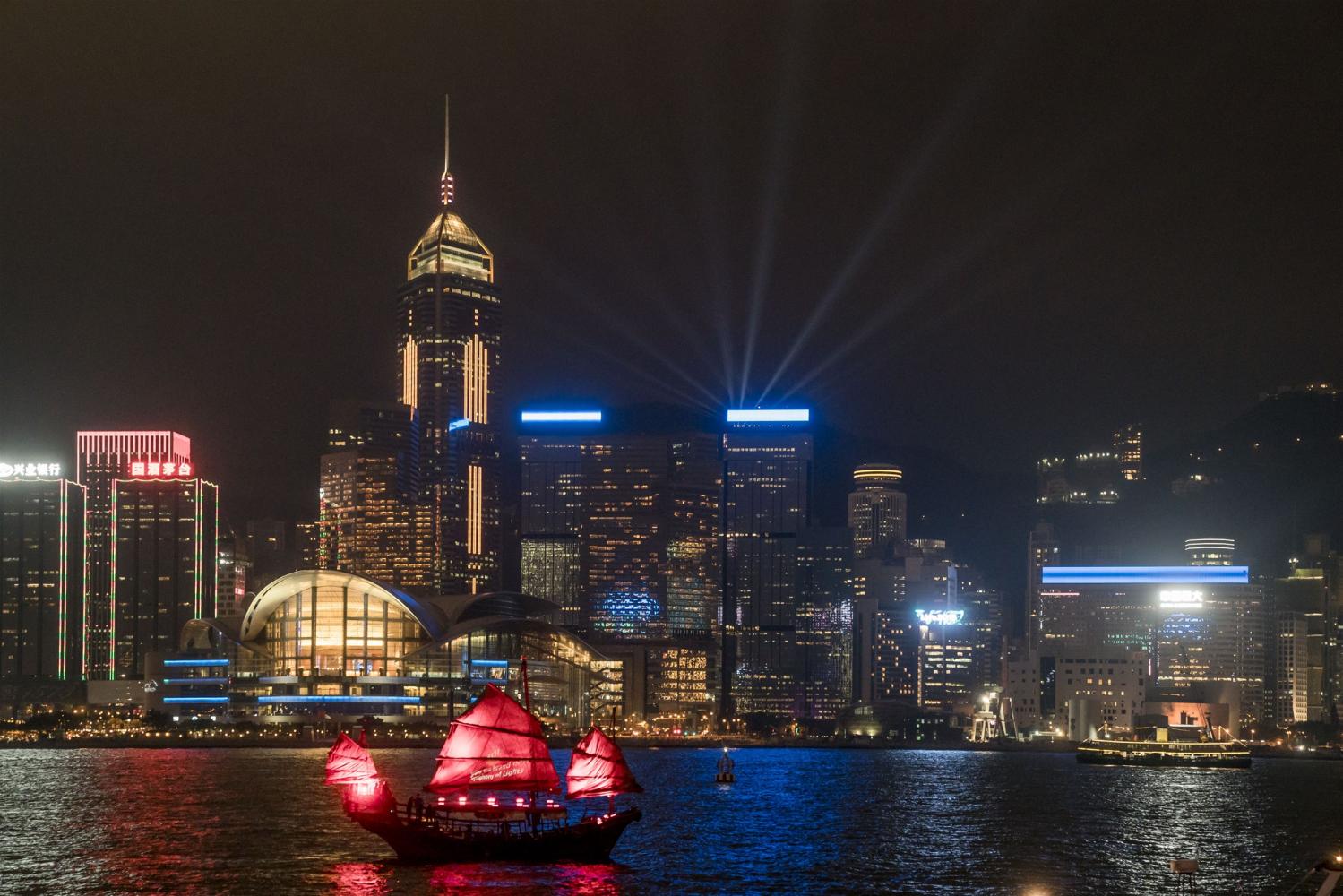
Hong Kong Tourism Board
Enter the dragon, aka Hong Kong, which has long been known for its global culinary culture. But where it truly stands out is in celebrating its Chinese heritage, with an emphasis on Cantonese cuisine. From the traditional yum cha or Cantonese dim sum, the diverse spectrum of regional to lesser-known (at least in Thailand) Chinese dishes, there is no place like Hong Kong.
While most food travel articles will tell you the best hole-the-wall and hidden spots to eat, I am leading you down a different path. We are going to savour the best that Hong Kong has to offer, bearing in mind that most good things don't come cheap. Given its size, the city is highly unlikely to be completely self-sufficient but having said this, there are 129 certified organic farms in the New Territories, swineherds for the famous Cantonese barbeque pork and fine dining restaurants that champion local ingredients.

The Chairman Hong Kong. The Chairman Hong Kong
The Chairman
The Chairman was the first Hong Kong and Chinese restaurant to take the top spot on Asia's 50 Best Restaurants 2021 list. Spearheaded by culinary director Danny Yip, the restaurant opened in 2009, quickly earning the top spot for its distinctive Cantonese dishes. Instead of using traditional Chinese ingredients like abalone, bird's nest or sea cucumber, The Chairman creates unique flavours by making its own seasoning oils, chicken fat, the works. It has also recently started its own line of Sichuan-fermented chilli and other fermented products, available commercially. Their seven-year housemade plum wine with hawthorn and soda, served as a welcome drink, will leave you thirsting for more. The cold soy-marinated baby squid flavoured with Sichuan pepper oil and stuffed with dried squid is a testament to the kitchen team's daily excursion to Ap Lei Chau fish market to hand-pick fresh seafood.
While the vegetables, chicken and pork come from farms in the New Territories, they also source from their own farm in Sheung Shui, which began five years ago and produces fruits, vegetables and cured meats. Their signature dish is the steamed flowery crab with aged Shaoxing wine, fragrant chicken oil and flat rice noodles, but it is the steamed fish jaws with 20-year-old lemon and fried garlic that needs an ovation. A decade ago, The Chairman bought a batch of salt-preserved lemons aged for 20 years in Tai Ma sauce, which they use for the seasoning of the dish. Make your way to the restaurant fast, as little remains. A meal at The Chairman can easily set you back HK$220++ (1,000 baht) per dish, mainly due to the seafood being at market prices. Visit thechairmangroup.com.
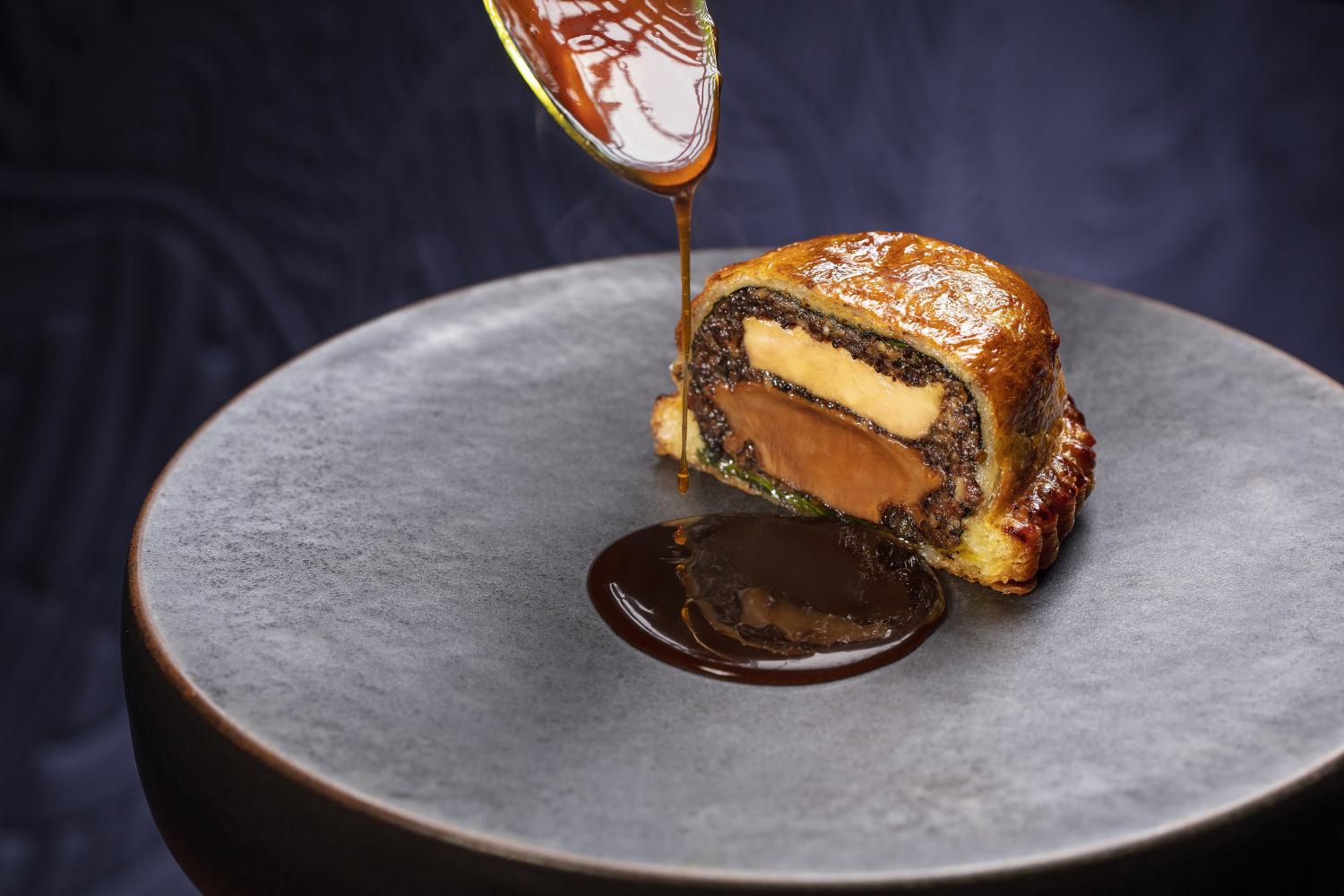
Vea Hong Kong. Vea Hong Kong
Vea
The "Chef Ton of Hong Kong", chef Vicky Cheng patented Chinese x French cuisine at Vea, which opened in 2015. His brand philosophy marries French delicacies with Chinese or Asian elements, making Vea's signature dish the French pithivier with dried abalone. A bold move, if there ever was one. But that's not all. Chef Cheng celebrates the concept by integrating the customs and culture of Hong Kong into dishes that tell a vivid story about the country. He specialises in using Hong Kong's famous dried seafood like fish maw, sea cucumber and abalone in French recipes. If you're lucky enough, you may be led on a tour by the chef himself around Hong Kong's famous dried seafood market, where he is a familiar face.
At Vea, delight in the fish maw with caviar, or my favourite, the crispy sea cucumber, another signature that was created three years ago and served with local mud crab. If this isn't a fine example of Chinese x French cuisine, what is? From its concept and choice of ingredients to design, Vea unveils a new era of fusion. Vea offers a six-course (HK$1,880) or eight-course (HK$2,280) menu. Visit vea.hk.

Hong Kong Cuisine 1983. Hong Kong Cuisine 1983

Hong Kong Cuisine 1983
If there ever was a restaurant that served the taste of Hong Kong, this would be it. Traditional but contemporary with a modern twist, and we aren't talking about the menu being given to you on an iPad. Classically French trained in the UK, executive chef Silas Li took over the kitchen at Hong Kong Cuisine 1983, a blink-and-you'll-miss-it restaurant in Happy Valley, in 2022. Chef Li executes his technical brilliance with dim sum and dried seafood, however, it is his crispy fried chicken that has become a hot favourite with the locals in the year it's been on the menu. The chef's signature dish is braised boneless duck web stuffed in chicken wings, which demonstrates his style of cooking to the max. A meal at Hong Kong Cuisine 1983 will empty your wallet of HK$200-250 per person. Visit fb.com/1983hkcuisine.

Forum Restaurant Hong Kong. Forum Restaurant Hong Kong



Forum Restaurant
Few restaurants represent fine Cantonese cuisine more than the three Michelin-starred Forum Restaurant. Founded in 1974 by chef Yeung Koon Yat, the restaurant has been on Hong Kong's culinary map for almost half-a-century. Its signature Ah Yat abalone is world-renowned and most others pale in comparison. Inheritance by apprenticeship is one of the strongest bonds in the Cantonese culinary world, and executive chef Wong Lung To is one of the few officially recognised proteges of chef Yat.
The restaurant's dim sum chef, Lam Kwok Wai, has more than 20 years experience specialising in dim sum alone and is a master at creating new dishes while preserving the traditional. A signature is the deep-fried pork with dried Mandarin peel in sweet and sour sauce. The price of dim sum begins at HK$90++. Visit forumrestaurant1977.com.
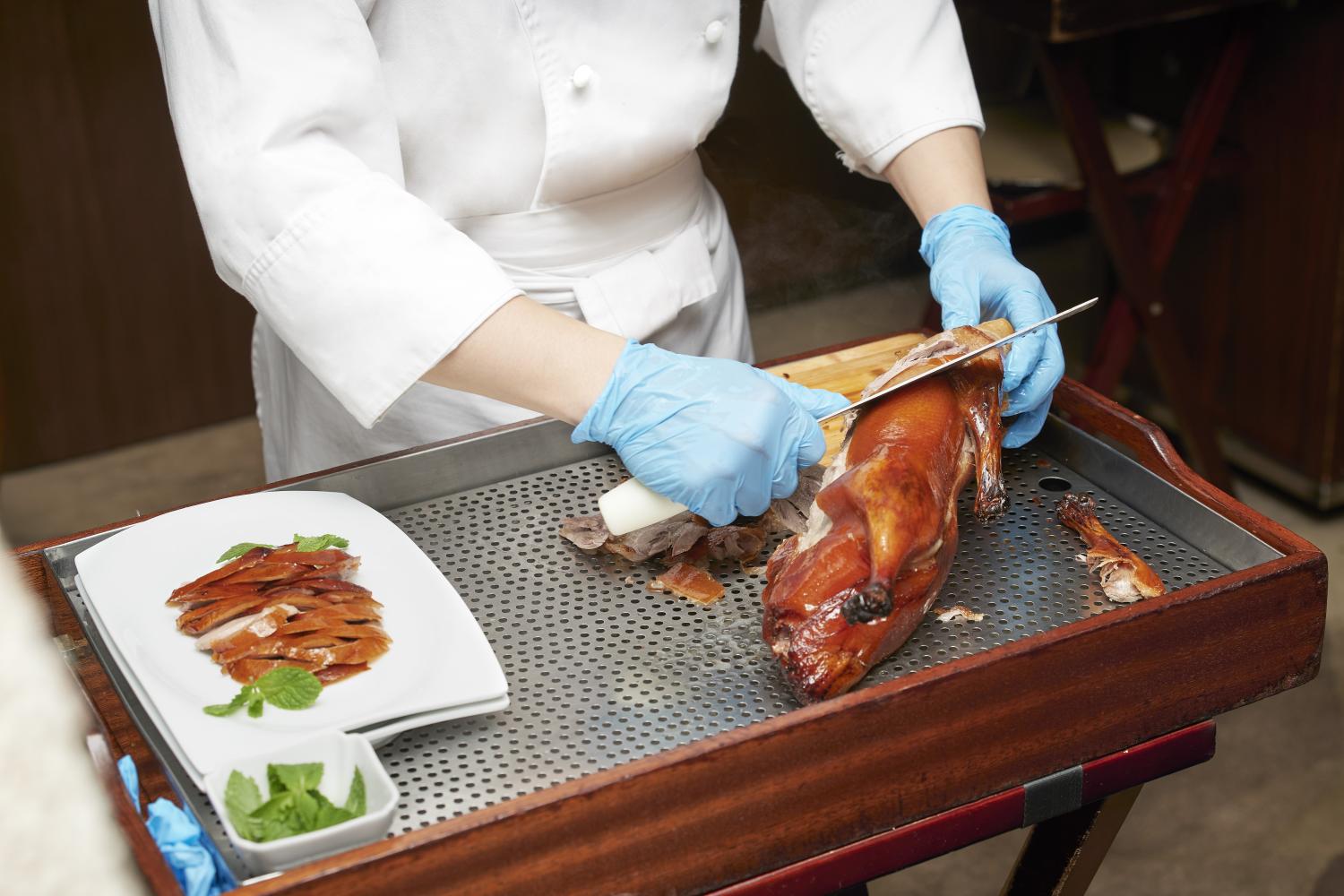
Xin Rong Ji Hong Kong. Xin Rong Ji Hong Kong
Xin Rong Ji
It is almost impossible to come to Hong Kong and not eat Peking duck. Ironic, I realise. However, Xin Rong Ji's Roasted Peking duck (HK$1,188++ for a whole bird, HK$800++ for half) has become an icon of the new generation, from the way it is prepared to the style in which it is served. A favourite of Alain Ducasse, the restaurant's signature duck needs to be ordered in advance as it is meticulously prepared for the table.
Sourced from Beijing Golden Star farm and prepared in the Beijing style, each duck is roasted in the restaurant, which gives the skin the crispness that melts in your mouth.
Having opened in 2018, Xin Rong Ji also brings the flavours of Taizhou to Hong Kong, expanding the footprint of this Chinese cuisine.
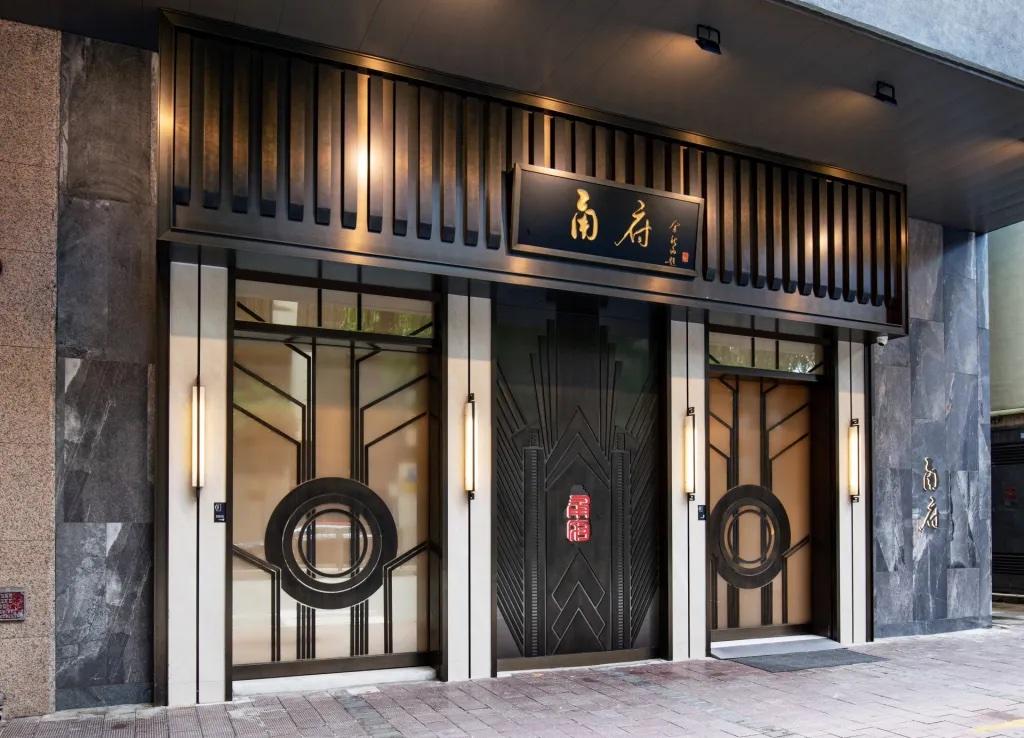
Yong Fu Hong Kong. Yong Fu Hong Kong



Yong Fu
Almost unheard of in Thailand is the cuisine of Ningbo, Zhejiang province. Weng Youjun, the founder of Yong Fu, is a Ningbo native and decided to bring his cuisine, executed by chef Liu Zhen, to the Hong Kong landscape. At Yong Fu, which opened in 2019, the fermented flavours of Ningbo cuisine are used to bring out the freshness of the ingredients, which is represented in the steamed silver croaker with drunken bran and pepper.
Another Yong Fu classic is an appetiser, rather famous, I'm told, of crystal wax gourd, a classic summer dish in Ningbo, made with semi-fermented ingredients. Other signatures from "the land of fish and rice" include the must-order 18-cut raw mud crab (HK$888++). Visit yongfuhk.com.
Honourable mentions for alternative cuisines
If you've had enough of Cantonese or Chinese cuisine, fear not. Hong Kong does offer unique restaurants that are worth mentioning.
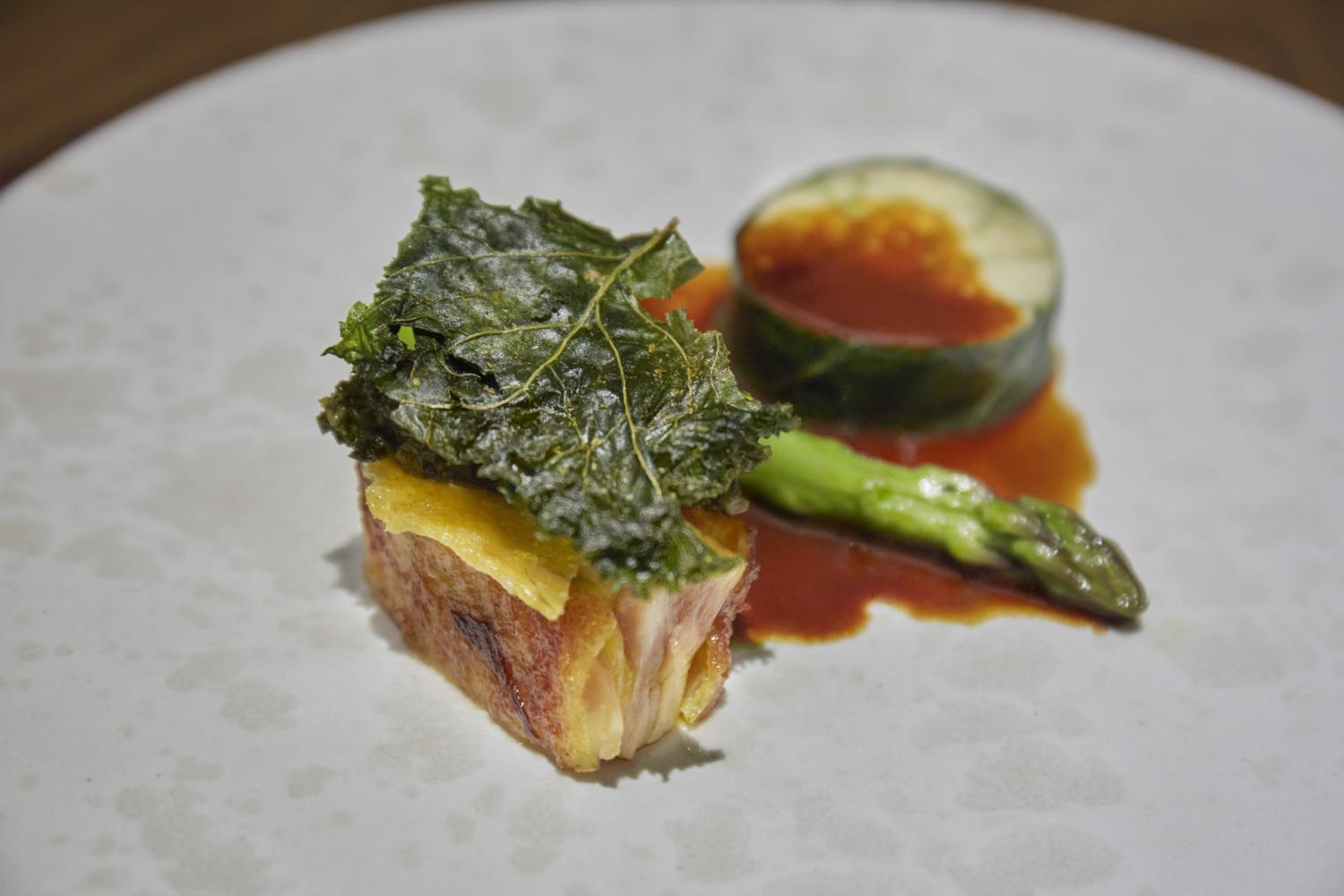
Roganic. Roganic
Roganic
Top of my list would be Simon Rogan's sustainable, farm-to-table restaurant, aptly named Roganic. Opened in 2019, the kitchen is helmed by executive chef Oli Marlow, who has a close relationship with local farmers. This is evident in the menu, which is 90% sourced locally, and the micro herbs grown in-house. The soda bread with brown cultured English butter will make you forget your no-carb diet and crave more. Teetotallers can rejoice in the non-alcoholic pairings of kombucha, clarified juices and sparkling teas. Visit roganic.com.hk.
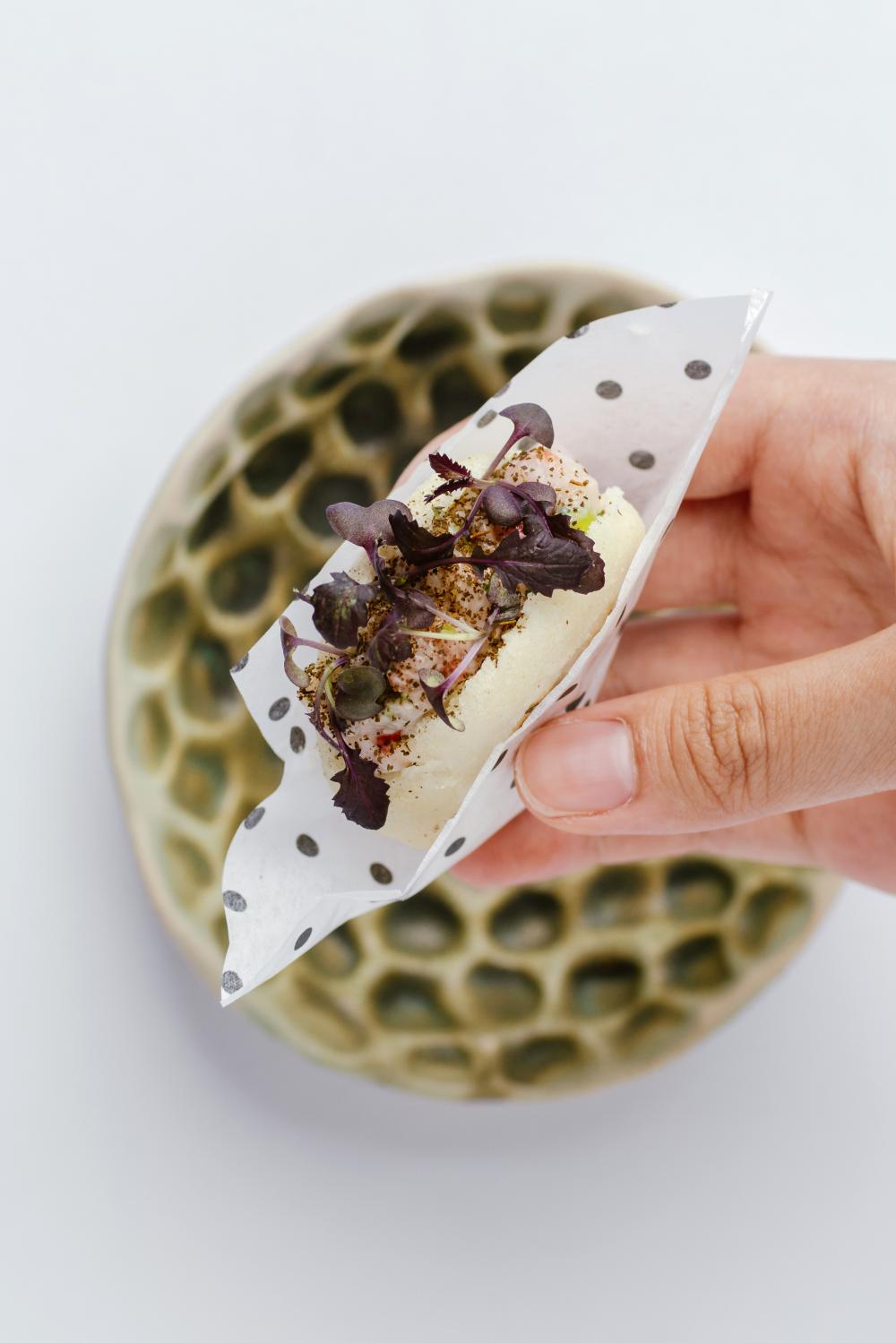
Mono Hong Kong. Nicholas Wong
Mono
Having opened Mono in 2019, Venezuelan chef Ricardo Chaneton has created a menu that showcases the best of his heritage and his culinary career. He explores his roots and the history of Latin America and marries it with French craftsmanship. Dishes at Mono comprise a wide range of Latin American heritage, traditions, ingredients and techniques, evident in dishes like mole and arepa. Visit mono.hk.

Ando Hong Kong. Ando Hong Kong
Andō
Argentinian chef Agustin Ferrando Balbi is of Spanish and Italian heritage, having trained in Japan. His menu at Andō, which he opened in 2020, maintains an Asian foundation for his culinary philosophy. The menu echos modernity and offers the best of South American elements with Japanese culinary philosophy. Expect dishes like Caldoso rice, Ando's signature dish aimed at Sin Lola, the chef's grandmother, to whom he pays tribute to and inspired his gastronomic career. Visit andohk.com.
Visit discoverhongkong.com for travel plans and deals.

